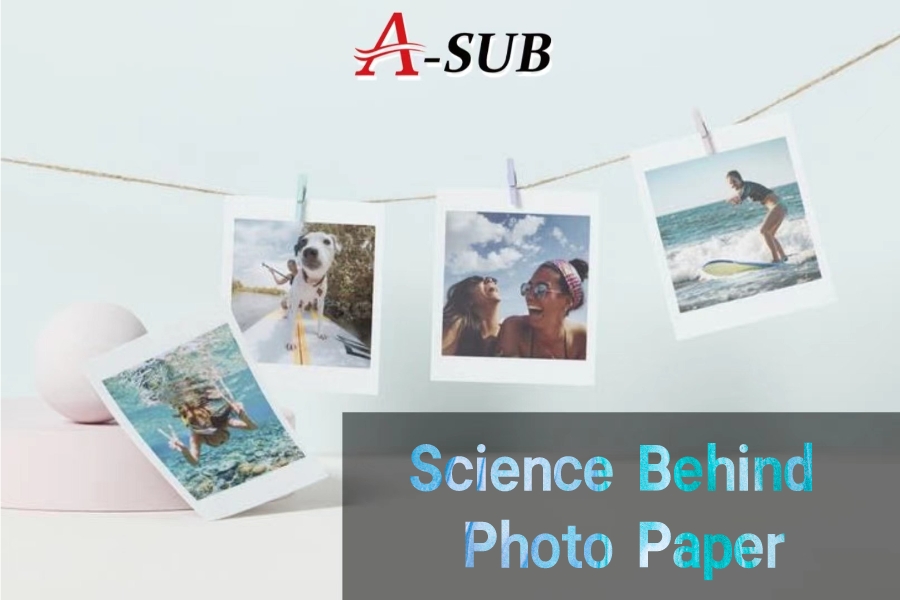Intro
When it comes to printing high-quality photographs, the type of photo paper used can be just as important as the type of printer or the ink. The science behind photo paper is complex, involving coatings, chemistry, and a variety of materials. This article will provide a brief overview of what photo paper is, the types of photo paper available, the role of coatings, the chemistry of inkjet printing, and factors affecting print longevity.
●Explanation of the Importance of Photo Paper for High-quality Prints
Photo paper is an essential component in producing high-quality prints. The right paper can make all the difference in the final output, producing vivid colors, sharp details, and a professional appearance. It is the substrate that the ink adheres to, making it crucial in determining the quality of the final print.
●Brief Overview of the Article’s Contents
This article will delve into the science behind photo paper, starting with an explanation of what photo paper is and the different types available. It will then discuss the role of coatings on photo paper and the different types of coatings that exist. Next, it will explore the chemistry of inkjet printing and how the composition of ink interacts with coatings on photo paper. Finally, it will cover the factors that affect print longevity and the ISO print longevity standards.
What is Photo Paper?
●Definition of Photo Paper
Photo paper is a special type of paper used for printing photographs. Unlike regular printer paper, it is designed to absorb and hold ink, producing a high-quality image with vibrant colors and sharp details.
●Types of Photo Paper
There are several types of photo paper available, each with its own unique characteristics and uses.
·Glossy
Glossy photo paper is a popular choice for printing high-quality photographs. It has a shiny, reflective finish that helps to enhance colors and produce deep blacks. However, its shiny surface can make it prone to fingerprints and smudging.
·Matte
Matte photo paper has a non-reflective finish that produces a softer, more natural-looking image. It is a popular choice for fine art prints and black-and-white photography.
·RC
Resin-coated (RC) photo paper is a type of glossy paper with a plastic coating. This coating helps to protect the paper from water damage and gives it a longer lifespan.
·Other
There are several other types of photo paper available, including luster, metallic, and canvas. Luster paper has a semi-gloss finish that provides a compromise between the shine of glossy and the subtlety of matte. Metallic paper has a glossy finish with a metallic sheen, producing a unique look for certain types of photographs. Canvas paper is designed to replicate the look and feel of canvas, giving photographs a more artistic and textured appearance. We also have ice cracked photo paper. Just as its name implies, it has special pattern like ice crack on the finish.
The Role of Coatings
●Explanation of the Importance of Coatings on Photo Paper
Coatings on photo paper play a crucial role in determining the final print quality. They help to protect the paper from environmental factors such as light, water, and air, and can also affect the way the ink adheres to the paper.
·Types of Coatings
There are several types of coatings used on photo paper, each with its own unique properties.
·Microporous
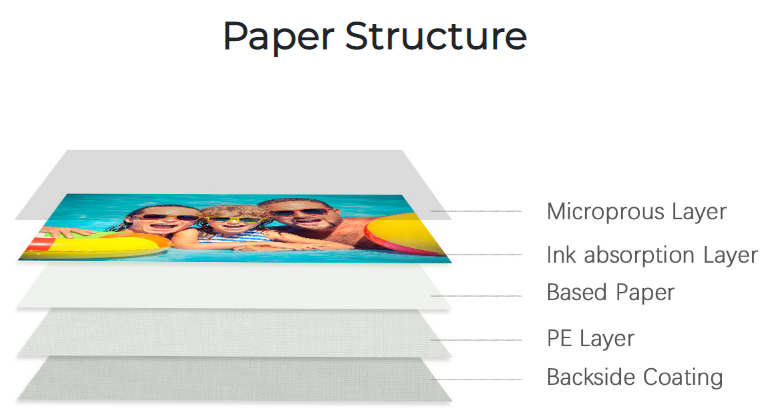
Microporous coatings are made up of tiny pores that help to absorb ink quickly and evenly, producing a high-quality image with sharp details. They also help to prevent ink from spilling and smudging.
·Resin-coated
Resin-coated coatings are made up of a layer of plastic that helps to protect the paper from water and other environmental factors. This type of coating is commonly used in glossy photo paper to provide a longer lifespan and improve the overall print quality.
·Cast-coated
Resin-coated coatings are made up of a layer of plastic that helps to protect the paper from water and other environmental factors. This type of coating is commonly used in glossy photo paper to provide a longer lifespan and improve the overall print quality.

Cast-coated coatings have a smooth, glossy finish that produces vibrant colors and deep blacks. However, they are more susceptible to the damage of water and may require extra protection to preserve the printed photo paper.
●How Coatings Affect Print Quality
The type of coating used on photo paper can have a significant impact on the final print quality. For example, a microporous coating can produce sharp details and prevent ink from smudging, while a cast-coated coating can produce vibrant colors and deep blacks. Resin-coated coatings provide a layer of protection and improve the overall lifespan of the print.
The Chemistry of Inkjet Printing
●Overview of Inkjet Printing Process

Inkjet printing is a process that involves spraying small droplets of ink onto the surface of photo paper. The ink is stored in cartridges within the printer and is sprayed onto the paper using tiny nozzles.
●Explanation of Inkjet Ink Composition
Inkjet ink is a complex mixture of several different components, including pigments, dyes, and solvents. Pigments are used to produce colors, while dyes are used to produce black ink. Solvents are used to help the ink flow through the nozzles and adhere to the paper.
●How Ink Composition Interacts with Coatings on Photo Paper?
The composition of ink can have a significant impact on how it interacts with the coatings on photo paper. For example, the use of pigment-based ink can produce more vivid colors and sharper details, while dye-based ink is better suited for producing deep blacks.
Factors Affecting Print Longevity
●Lightfastness

Lightfastness is the ability of a print to resist fading when exposed to light. Prints with poor lightfastness can fade over time, resulting in a loss of color and detail.
·Gasfastness
Gasfastness is the ability of a print to resist fading when exposed to gases such as ozone or nitrogen dioxide. Prints with poor gasfastness can also fade over time, resulting in a loss of color and detail.
·Waterproofness
Gasfastness is the ability of a print to resist fading when exposed to gases such as ozone or nitrogen dioxide. Prints with poor gasfastness can also fade over time, resulting in a loss of color and detail.
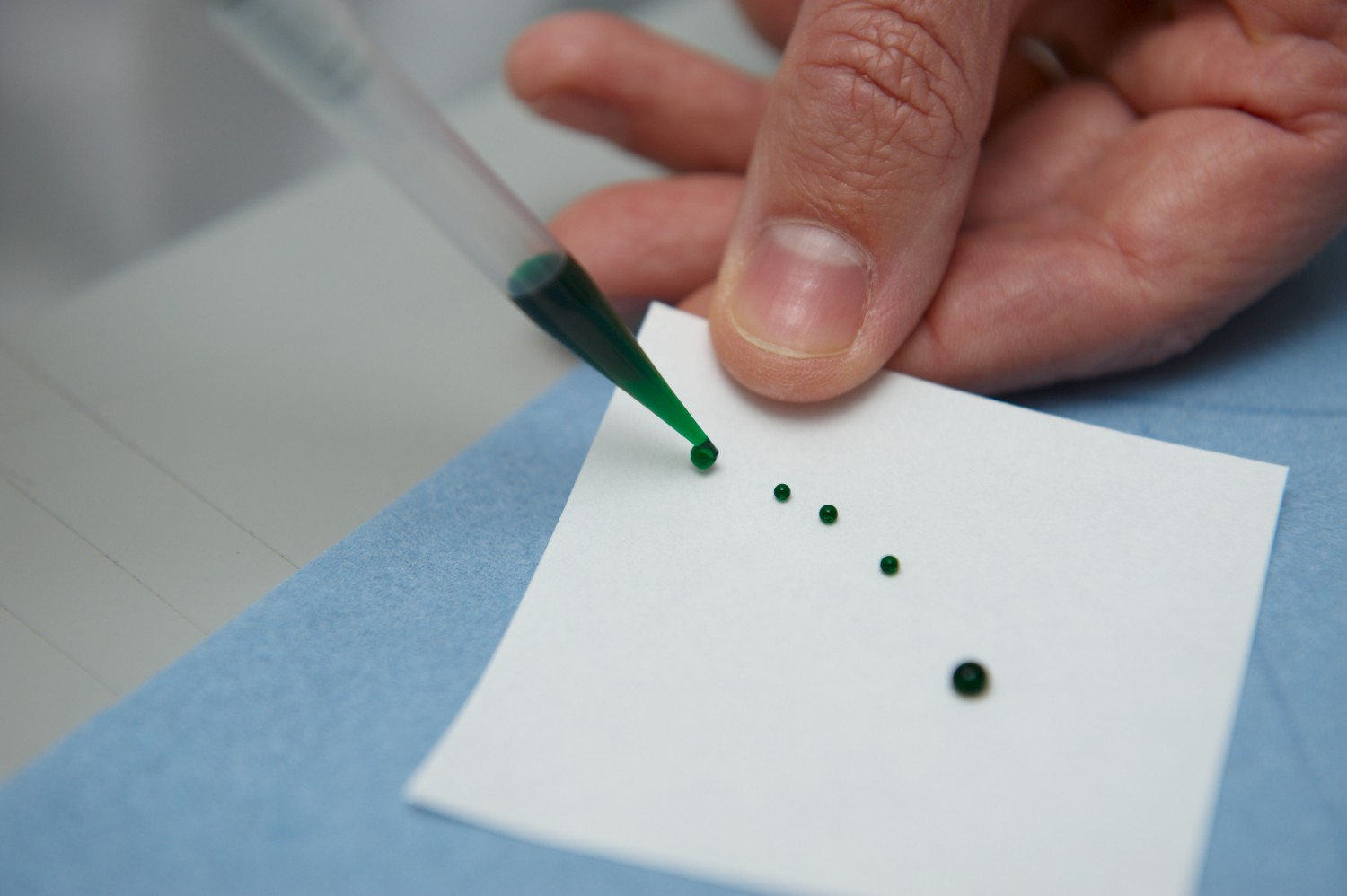
Waterproofness is the ability of a print to resist water damage. Prints with poor waterproofness can become smudged or blurred when exposed to water.
●Overview of ISO Print Longevity Standards
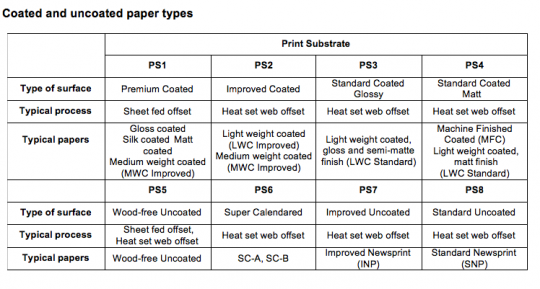
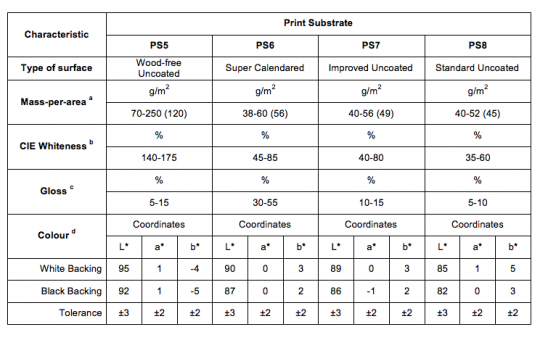
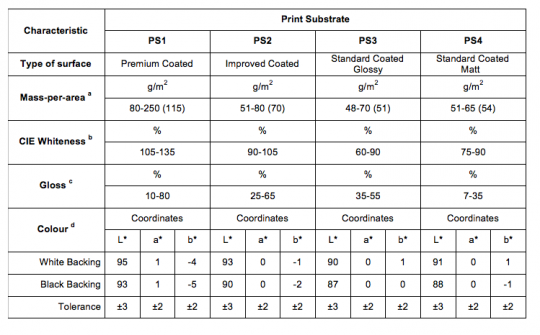
The International Organization for Standardization (ISO) has established a set of standards for measuring the longevity of photo prints. These standards measure the amount of time it takes for a print to fade by a certain amount when exposed to specific environmental conditions.
Conclusion
In conclusion, the science behind photo paper is complex and involves several different factors, including the type of paper used, the coatings applied to the paper, and the chemistry of inkjet printing. When selecting photo paper, it is important to consider the desired final output and the factors that will affect print longevity. With the right paper and ink, it is possible to produce high-quality prints that will last for years to come.
Our A-sub ink and photo paper are aimed at this goal. As a result, we particularly recommend you to have our product a try. We have different weights and sizes of photo paper. For example, we have 240GSM A4 RC photo paper and 260GSM 4" 6" 8" 10" 12" * 65M/100M RC satin mini-lab photo paper. We are waiting for your reply and e-mail all the time to give you a satisfactory answer or service within 24 hours. Thanks for your reading.




